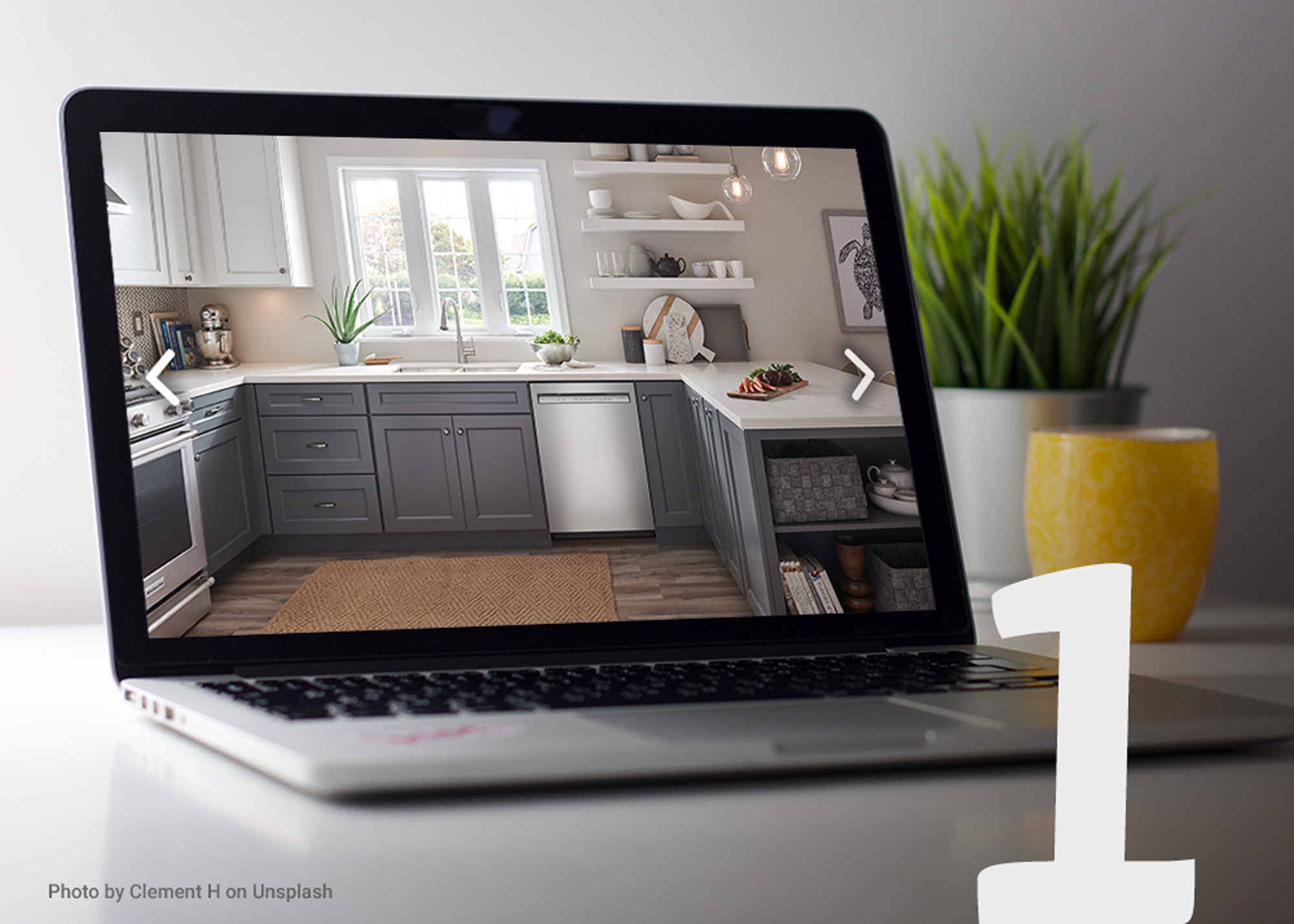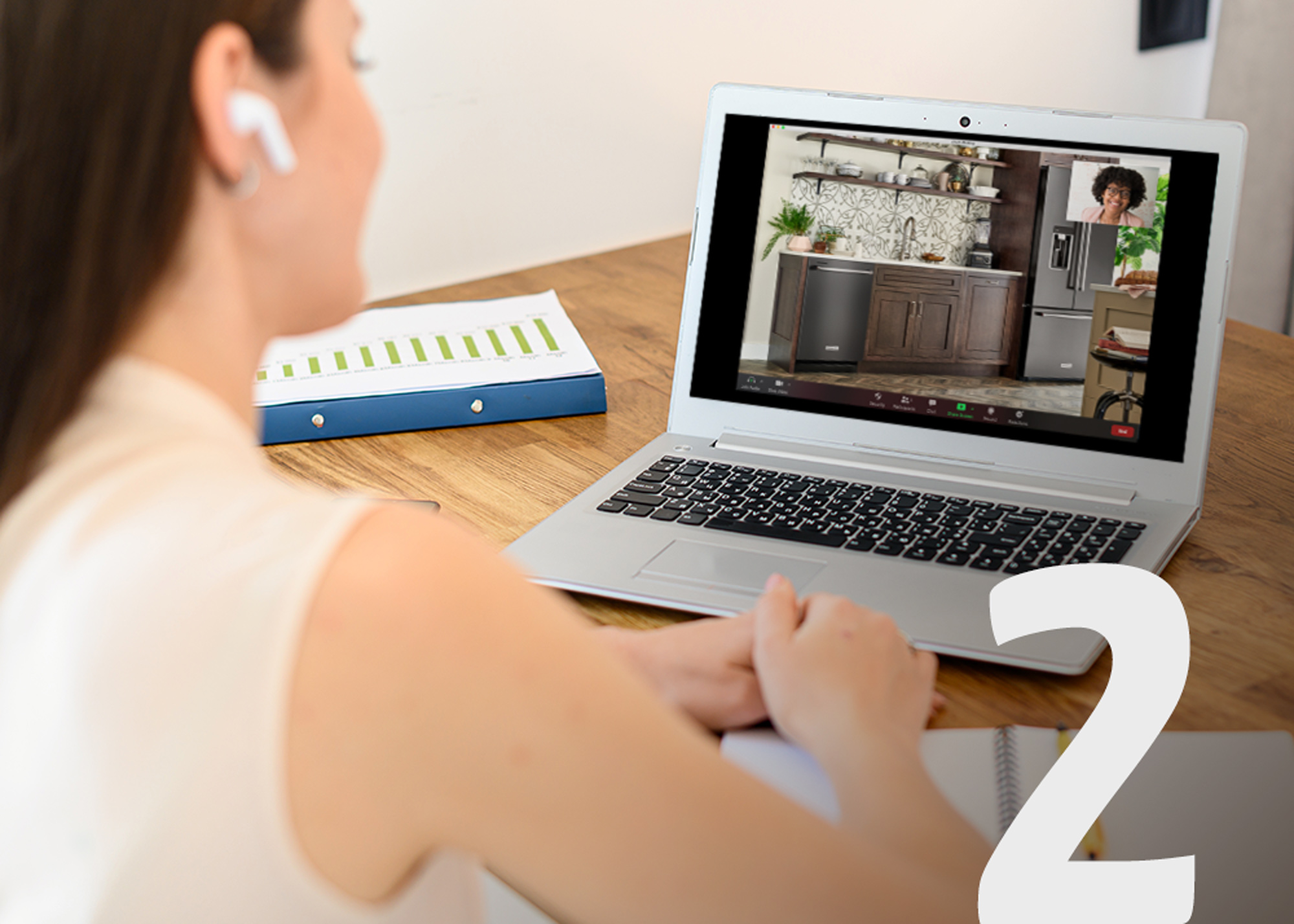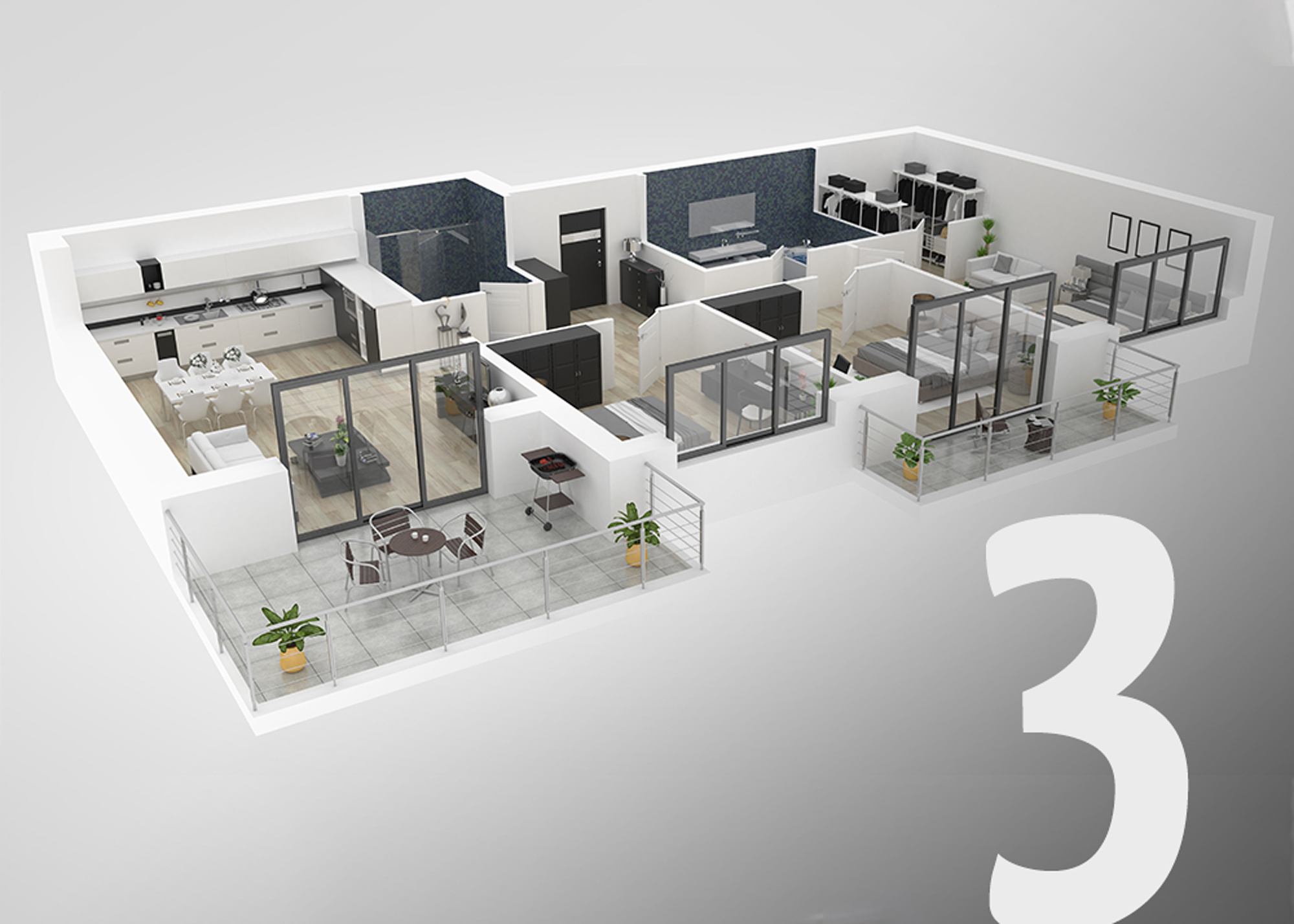3 Things You Need to Know About Virtual Home Tours
On-site home tours — like many other in-person activities we took for granted before the coronavirus pandemic hit in early 2020 — are being supplemented, or even replaced, by virtual home tours. Builders need to understand that potential buyers expect more than just a quick, eye-level breeze through a model home — they want 3D videos or live, guided tours.
Here’s a look at the emerging role of video tours in the home buying process, and how you can make the most of these tours to attract buyers:
They’re an expectation, not a bonus
Virtual tours were becoming more popular even before the pandemic began. Almost half of buyers1 aged 39 to 63 years old found virtual tours to be a very helpful tool in their home search, according to the National Association of Realtors’ 2019 Home Buyer and Seller Generational Trends report.
While virtual tours may not entirely replace traditional in-person walk-throughs, potential buyers have started to view home tours as a necessary and expected step in the home buying process. In fact, all generations2 look online as the first step in the home search process. Millennial buyers, specifically, prefer to view listings that have high-quality photography and virtual tours3 before even thinking about seeing a home in person.
Live virtual tours are preferred
Showing homes live via FaceTime, Zoom or Google Hangouts makes the touring process more of a two-way conversation between you and the potential buyer. With live video4, buyers can ask to go back to certain areas, they can see appliances up-close and can ask questions in real time, just as they would during an in-person tour. Plus, it gives you more control over what the buyer sees. You don’t need to be a videographer or have expensive equipment to conduct a successful live tour of your new build — here are a few tips to keep in mind during the showing:
- Google Duo or FaceTime are two commonly used programs for live virtual tours — all you need is your smartphone. In fact, buyers actually prefer the “raw footage5” that a virtual open house offers when compared to a professionally produced video. If your team is inexperienced with video call technology, make sure they do a run-through. Also, make sure there is a strong internet connection.
- Show off sought-after features. A few of the most wanted new home features6 include a walk-in closet, energy efficient products and stainless steel appliances. Get up close to the appliances, open up the fridge to give buyers an idea of how spacious it is, turn on the oven burners to ensure they all work properly — put yourself in the shoes of the buyer who would likely check all these things during an in-person tour.
- Pay special attention to angles and lighting. Allow plenty of natural light to stream in during the tour, to give buyers an idea of how much light the home gets during the day.
3D showings give control to buyers
3D showings are a more high-tech option, often used for higher-end properties7, that allow potential buyers to walk through a home on their own. These immersive virtual showings typically use 360-degree cameras to capture every corner of the home. Those pictures are then put together to create a virtual model. This is a pricier option than live tours, but gives potential buyers a very professional and polished way to view a home. Here are some tips for conducting 3D tours:
- Invest in the proper technology. Some commonly used 3D showing software is available on a smartphone, such as Matterport and Asteroom.
- Use a tripod to take clear, professional-looking photos.
- Keep the camera at a consistent height in every room, and keep the height low (about 4 feet8).
- Capture what potential buyers want to see. For example, 91%9 of buyers want a laundry room, so be sure to put the washer and dryer and surrounding space in a photo or two.
- Edit your images. Using software like Adobe Photoshop and Lightroom, you can edit yourself out of any reflections in mirrors.
- Offer floorplan and visual navigation. Visual navigation is similar to Google Street View, allowing buyers to click and drag their way through the home, while floorplan navigation allows users to click and view certain areas of the floorplan.
- Share your 3D home tours on social media to promote your new builds.
To supplement virtual tours, consider relying on apps that allow potential buyers to choose a day and time that’s convenient for them to tour a home in person, on their own. This not only distances buyers from other visitors, it allows for more flexible scheduling options.
For additional details about our appliance offerings, contact a sales rep today. Keep up with other trends and news in your industry by visiting The Trade Channel page.





